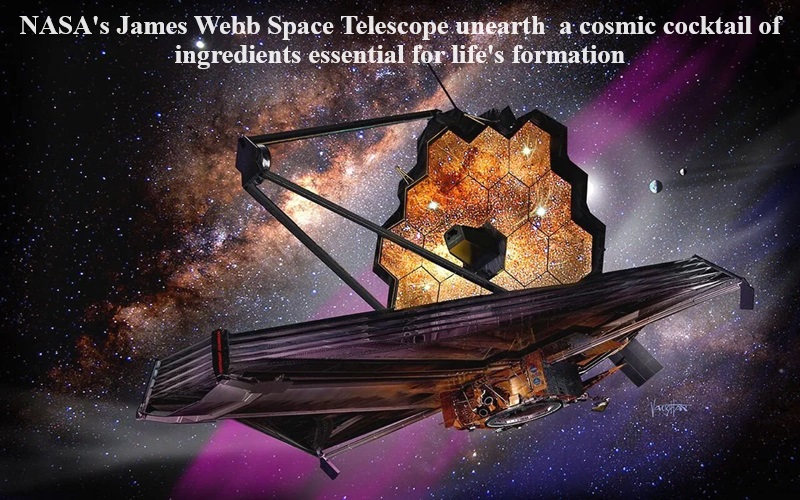
NASA’s James Webb Space Telescope has revolutionized our comprehension of extraterrestrial chemistry, revealing a cosmic concoction of essential ingredients vital for the formation of life. Recent observations have unveiled a surprising assortment of icy compounds encircling young protostars IRAS 2A and IRAS 23385, including familiar substances like ethanol, and potentially even acetic acid.
This groundbreaking discovery, made feasible by Webb’s Mid-Infrared Instrument (MIRI), underscores the fundamental components of potentially habitable worlds, where conditions may be conducive to life.
According to NASA, “MIRI was developed through a 50-50 partnership between NASA and ESA. NASA’s Jet Propulsion Laboratory led the US efforts for MIRI, and a multinational consortium of European astronomical institutes contributes for ESA.”
Astronomers postulate that these intricate organic molecules (COMs) likely originated from icy materials undergoing sublimation, transitioning directly from the solid to the gas phase. The identification of COMs within icy formations instills optimism for unraveling the genesis of more complex molecules in space. Additionally, simpler compounds such as formic acid, methane, formaldehyde, and sulfur dioxide were also detected, suggesting potential parallels to the chemistry of early Earth. Notably, sulfur-containing compounds like sulfur dioxide may have played a crucial role in driving metabolic reactions on our primitive planet.
Ewine van Dishoeck, one of the coordinators of the science program at Leiden University, remarked, “All of these molecules can become part of comets and asteroids and eventually new planetary systems when the icy material is transported inward to the planet-forming disk as the protostellar system evolves.”

Post Your Comments